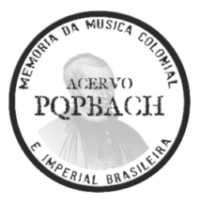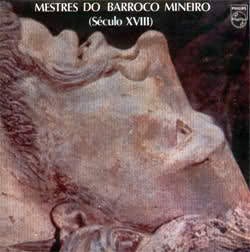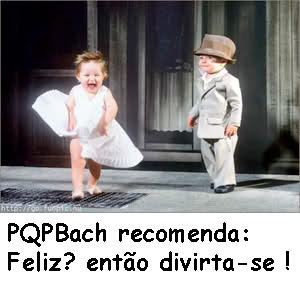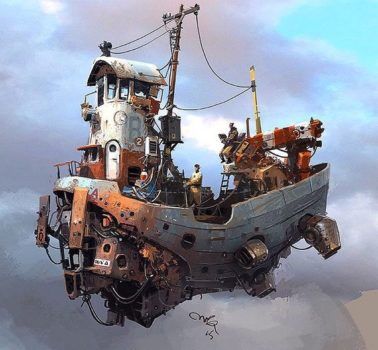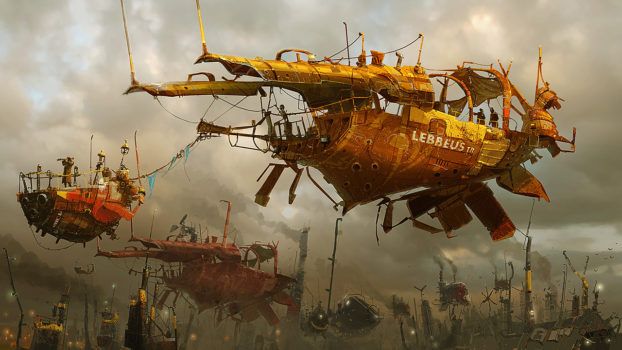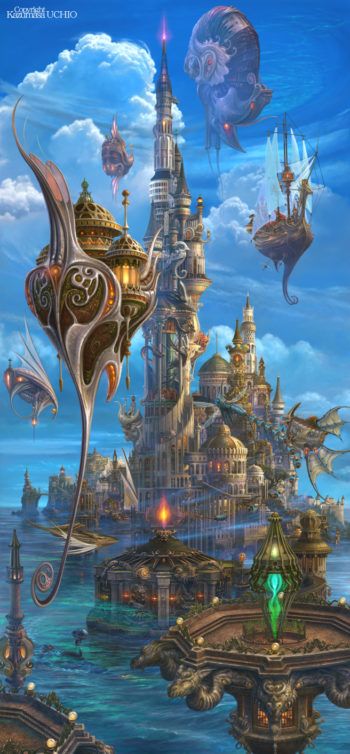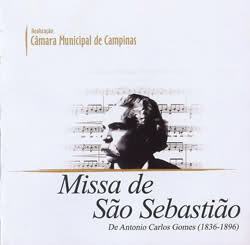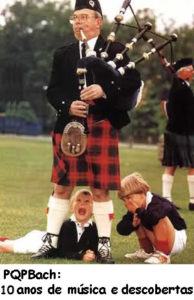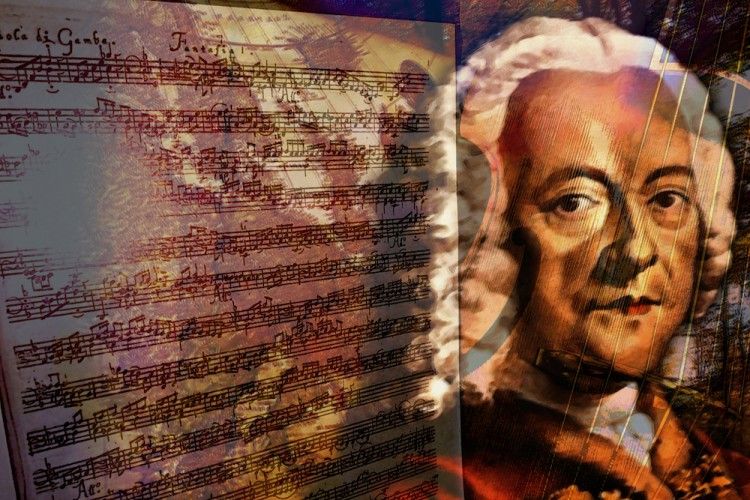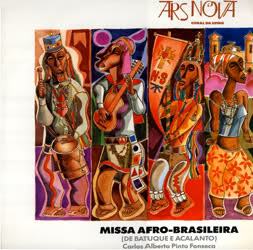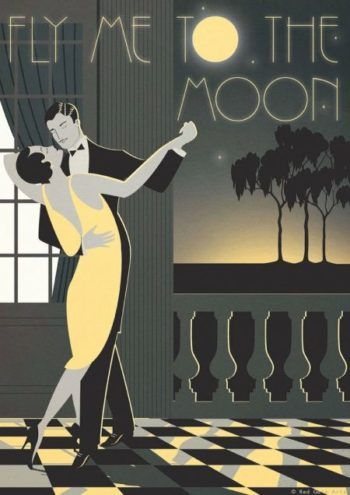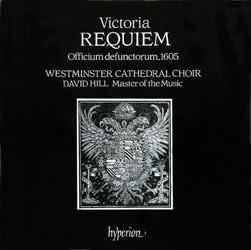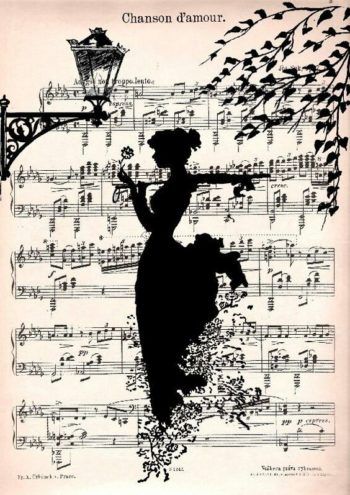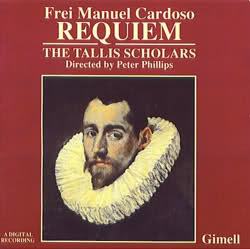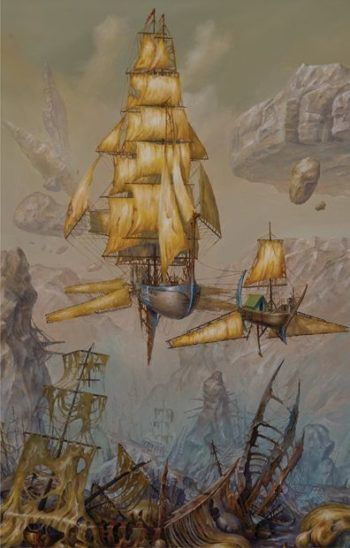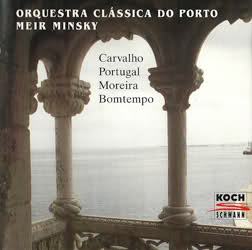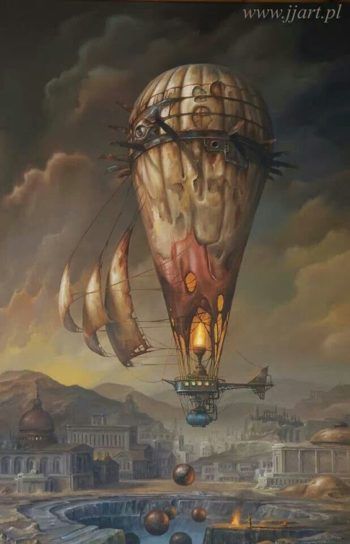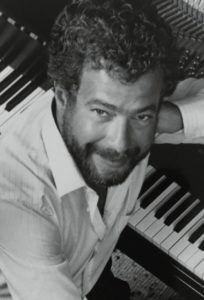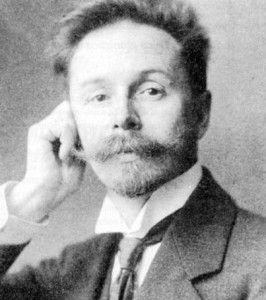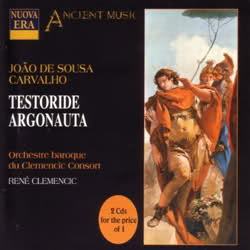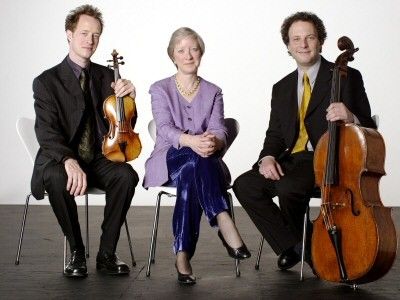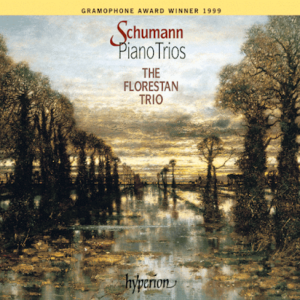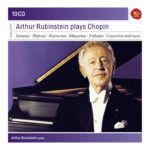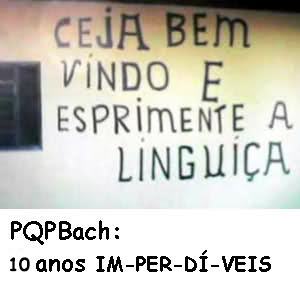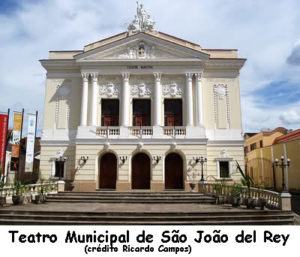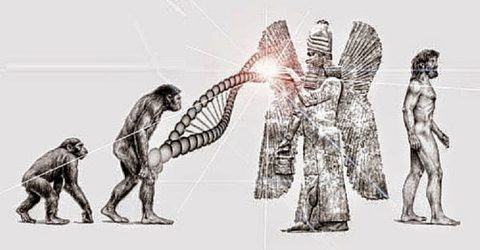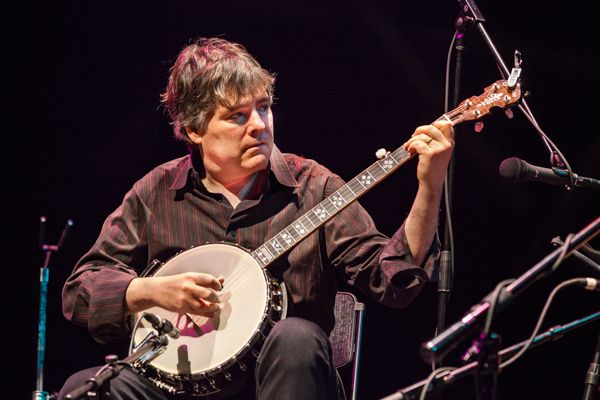 Carlos Seixas
Carlos Seixas
Coimbra, 1704 – Lisboa, 1742
Esta postagem foi possível graças à colaboração do maestro, compositor e musicólogo Harry Crowl Jr. Não tem preço!
José António Carlos de Seixas, (Coimbra, 1704 – Lisboa, 1742), compositor, cravista e organista da corte de D. João V, foi o mais proeminente compositor português de música para tecla na primeira metade do século XVIII e, tal como sucedeu com muitos dos seus contemporâneos, teve uma curta existência que não excedeu os 38 anos. Nasceu em Coimbra aos 11 de Junho de 1704, filho de Francisco Vaz, organista da Sé, e de sua mulher, Marcelina Nunes. Desconhecem-se os motivos que o levaram a adotar o apelido Seixas, em desfavor do apelido paterno, sendo mais vulgarmente conhecido no seu tempo apenas pelos nomes de baptismo, António Carlos, como aparece em inúmeras cópias das suas obras.
Foi um brilhante improvisador e as cerca de 150 composições da sua autoria que chegaram até nós — tocatas, minuetes, fugas, peças religiosas — colocam-no entre os maiores compositores portugueses, nomeadamente no domínio da música de tecla. Da sua arte refinada se diz que o célebre italiano Domenico Scarlatti, quando esteve em Portugal como mestre de música dos filhos do Rei Magnânimo, afirmou, após ouvir Carlos Seixas, que ” ele (Seixas) é que me pode dar lições” e “é dos maiores professores que tenho ouvido“.
Falecido Francisco Vaz pelos princípios de 1718, foi logo Carlos Seixas, aos 9 de Fevereiro desse ano, provido no lugar de organista da Sé de Coimbra, com o mesmo salário de seu pai. Dois anos depois, em 1720, mudou-se para Lisboa, altura em que a corte portuguesa era das mais dispendiosas da Europa. Foi muito solicitado como professor de música de famílias nobres da corte, nomeado organista da Sé Patriarcal e da Capela Real (sendo o Mestre desta Domenico Scarlatti, estabeleceram certamente colaborações proveitosas). Carlos Seixas gozava da fama de ser músico e professor excelente. Na capital impôs-se como organista, cravista e compositor. Com o seu trabalho sustentou a mulher, que desposara aos 28 anos, e os cinco filhos, dois filhos e três filhas, e adquiriu algumas casas nas vizinhanças da Sé, obtendo nomeação para um lugar de Organista da Santa Igreja Patriarcal, que serviu até ao fim da vida, ficando a dúvida se esta igreja era a Capela Real, ao tempo sediada na Ajuda, ou se era a Basílica de Santa Maria, Maior, junto da qual morava.
Pelos escassos documentos que subsistem, nomeadamente o processo de habilitação de Carlos Seixas ao hábito da Ordem de Cristo, e pelo primeiro escorço biográfico do compositor, publicado em 1759 por Diogo Barbosa Machado no volume IV da sua Bibliotheca Lusitana, ficamos a saber que, nos primeiros anos da sua estada em Lisboa, Seixas «ensinava cravo nesta corte por algumas cazas»; que, «attrahido de um sincero affecto», casou aos 8 de Dezembro de 1731 com D. Joana Maria da Silva, de quem teve dois filhos e três filhas; que, aos 21 de Maio de 1738, adquiriu a propriedade de um dos ofícios de contador da Ordem de Santiago; e que se fizera também militar, assentando praça aos 30 de Junho de 1733 na Companhia de Ordenanças do Paço, comandada pelo Visconde de Barbacena, de que foi alferes e, depois, capitão. Obteve finalmente a hábito de Cristo aos 12 de Novembro de 1738, depois de um longo processo de habilitação que durou nove anos.
Carlos Seixas faleceu em Lisboa na sua casa por detrás da Igreja de Santo Antonio da Sé, sendo sepultado nos covais da lrmandade do Santíssimo Sacramento daquela igreja, aos 26 de Agosto de 1742. Segundo Barbosa Machado, “enfermando de um reumatismo, que degenerou em febre maligna se dispoz catholicamente para a morte recebendo todos os Sacramentos, e recitando a Ladainha de Nossa Senhora espirou a 25 de Agosto de 1742, quando contava trinta e oito anos, dous mezes, e quatorze dias de idade”.
Ao contrário dos seus contemporâneos Francisco António de Almeida, António Teixeira e João Rodrigues Esteves, que foram bolseiros da Coroa em Roma, Carlos Seixas nunca saiu de Portugal, formando-se certamente na escola de seu pai. As suas obras também não acusam a influência de Domenico Scarlatti, mestre da Capela Real entre os finais de 1719 e 1727.
No que diz respeito à composição, Carlos Seixas fez escola em Portugal criando um estilo seu (apesar da influência italiana e francesa que se constatam em algumas das suas obras) que foi imitado durante algum tempo após a sua morte.
No século XVIII era exigido aos compositores que a sua música fosse fiel aos pensamentos e ideais estéticos do meio. A composição era, de certa forma, limitada a um rol de características previamente definidas, facto que devemos levar em conta quando analisamos a obra dos compositores.
A obra de Seixas é, em grande parte, resultado dos ambientes em que compôs. Como organista da Capela da Sé Patriarcal tinha a possibilidade de tocar, antes e depois da missa, um trecho a solo que poderia ser uma tocata ou uma sonata (ritual comum em todas as catedrais de prática Católica). Para este efeito, havia uma preferência pelas peças de carácter vistoso e brilhante. Noutras partes da cerimónia, o organista podia ainda tocar em alturas que admitissem um solo instrumental. Desta forma, os compositores aproveitavam para dar a conhecer as suas composições ou improvisações. Por certo que as sonatas de Seixas foram tocadas na Igreja, pelo menos as de carácter religioso. Carlos Seixas acompanhava ao cravo os saraus de música nos paços reais ou no solar de algumas casas nobres. Nestes eventos tinha também a oportunidade de tocar como solista, aproveitando, provavelmente, para tocar as suas sonatas compostas com o objectivo de ser reconhecido como concertista e compositor.
Para além da Capela Real e da Corte, apenas se dedicava ao ensino de música. Esta faceta obrigava-o a ter material didáctico diversificado, variando de aluno para aluno, consoante o grau e as capacidades de cada um, dos cravos ou clavicórdios que possuíam. Apesar de fortemente sujeita a um vasto rol de condicionantes, a obra de Seixas não deixa de parte a qualidade e a originalidade do seu estilo pessoal.
Nunca se deixou levar pelos estilos importados em Portugal, nem deixou que a sua obra se confundisse com a dos seus contemporâneos estrangeiros. A presença do temperamento lusitano é uma constante das suas composições. A evolução da estrutura bipartida da sonata para tecla, para a estrutura tripartida está presente nas sonatas de Carlos Seixas, sendo uma antecipação da forma da sonata clássica.
Até agora não são conhecidos versos de Seixas. O mais provável é terem-se perdido uma vez que é pouco credível que Seixas tenha usado sempre versos alheios nas suas composições.
(textos adaptados do encarte, da Wikipedia e da Academia de Música Santa Cecília, http://am-santacecilia.pt)
José António Carlos de Seixas, (Coimbra, 1704 – Lisboa, 1742)
01. Missa – 1. Kyrie 1. Kyrie eleison – Chorus
02. Missa – 1. Kyrie 2. Christie eleison – Duet: Soprano, Alto
03. Missa – 1. Kyrie 3. Kyrie eleison – Chorus
04. Missa – 2. Gloria 1. Gloria in excelsis Deo/Et in terra pax – Chorus
05. Missa – 2. Gloria 2. Laudamus te – Aria
06. Missa – 2. Gloria 3. Gratias agimus tibi – Chorus
07. Missa – 2. Gloria 4. Domine Deus – Aria
08. Missa – 2. Gloria 5. Domine Fili unigenite – Aria: Bass
09. Missa – 2. Gloria 6. Qui tollis – Chorus
10. Missa – 2. Gloria 7. Qui sedes – Duet: Soprano, Alto & Chorus
11. Missa – 2. Gloria 8. Quoniam tu solus Sanctus – Aria: Tenor & Chorus
12. Missa – 2. Gloria 9. Cum Sancto Spiritu – Chorus
13. Missa – 3. Credo 1. Credo in unum Deum /Patrem omnipotentem – Chorus
14. Missa – 3. Credo 2. Et incarnatus est – Chorus
15. Missa – 3. Credo 3. Crucifixus – Chorus
16. Missa – 3. Credo 4. Et resurrexit – Chorus
17. Missa – 3. Credo 5. Et vitam venturi – Chorus
18. Missa – 4. Sanctus 1. Sanctus – Chorus
19. Missa – 4. Sanctus 2. Hosanna – Chorus
20. Missa – 4. Sanctus 3. Benedictus – Trio: Soprano, Alto, Tenor
21. Missa – 4. Sanctus 4. Hosana – Chorus
22. Missa – 5. Agnus Dei – Chorus
23. Organ Sonata No. 76 in A minor – Fuga: Allegro-Minuet I-Minuet II
24. Organ Sonata No. 75 in A minor – Largo-Minuet
25. Organ Sonata No. 48 in G maior – Moderato
26. Organ Sonata No. XXII in A minor – Fuga: Andante
27. Tantum ergo
28. Dixit Dominus 1. Dixit Dominus – Chorus
29. Dixit Dominus 2. Donec ponam inimicos tuos – Aria: Soprano
30. Dixit Dominus 3. Tecum principium – Chorus
31. Dixit Dominus 4. Dominus a dextris tuis – Aria: Alto
32. Dixit Dominus 5. Judicabit in nationibus – Chorus
33. Dixit Dominus 6. De torrente – Aria: Tenor
34. Dixit Dominus 7. Gloria Patri – Chorus
Carlos Seixas: Missa, Dixit Dominus, Tantum ergo, Organ Sonatas – 1994
Coro de Câmara de Lisboa & Norwegian Baroque Orchestra
Director: Ketil Haugsand
BAIXE AQUI – DOWNLOAD HERE
MP3 320 kbps -145,5 MB – 1,0 h
powered by iTunes 10.1.2
Boa audição.
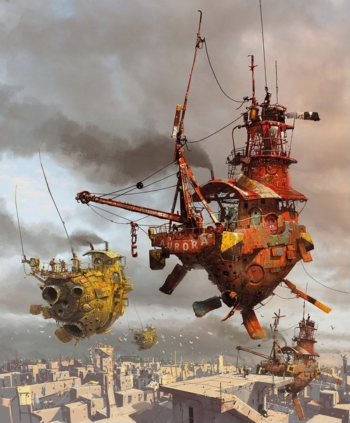
Avicenna
PS: Comentário do Monge Ranulfus;
“Ranulfus
fevereiro 24th, 2011 às 23:42
Ouvindo totalmente embasbacado, com um arrepio atrás do outro e sem conseguir manter os olhos secos, só posso pensar: o que foi que nos fez aprendermos a consumir “clássicos” tão menores que isso, e ficarmos alheios a música de tamanha qualidade produzida em Portugal e no próprio Brasil?!? Quando é que a gente vai aprender a SE valorizar, meu Deus?”
Vamos a uma gravação de peso de Johann Sebastian Bach. As peças de numeração BWV 1001-1006 são de uma beleza que aturde. Acredito em minha simplicidade que se Bach tivesse composto somente essas peças em toda a sua vida, já mereceria um prêmio como um dos maiores compositores de todos os tempos. Quem sou para tecer qualquer comentário sobre os atributos das composições de Johann Sebastian Bach? Por mais que o fizesse, apenas patinaria. Diria o que já foi dito. Desvelaria o que já foi desvelado. Resta-me somente o tartamudeamento. A contemplação que impele ao aprendizado. A música de Bach é uma grande catedral. Entramos nela e nos perdemos pela sua imensidão. Ela possui todos aqueles aspectos enlevantes e arrebatadores das coisas ditas divinas. Ela nos espirala às regiões seráficas. Como na Divina Comédia de Dante, somos elevados ao Paraíso e nos é mostrado o inefável. A música constitui-se, assim, na “beatriz” que nos abre os olhos para as coisas superiores. Ouçamos, pois do muito ouvir emana a virtude, falando em sentido socrático. Voemos nessa galáxia luminosa, que é a música de Bach. Kremer está muito bem na interpretação das obras aqui postadas. Estas exigem respeito e virtude. Kremer consegue ser exato em tudo isso. Resultado: um ótimo CD. Boa apreciação!



